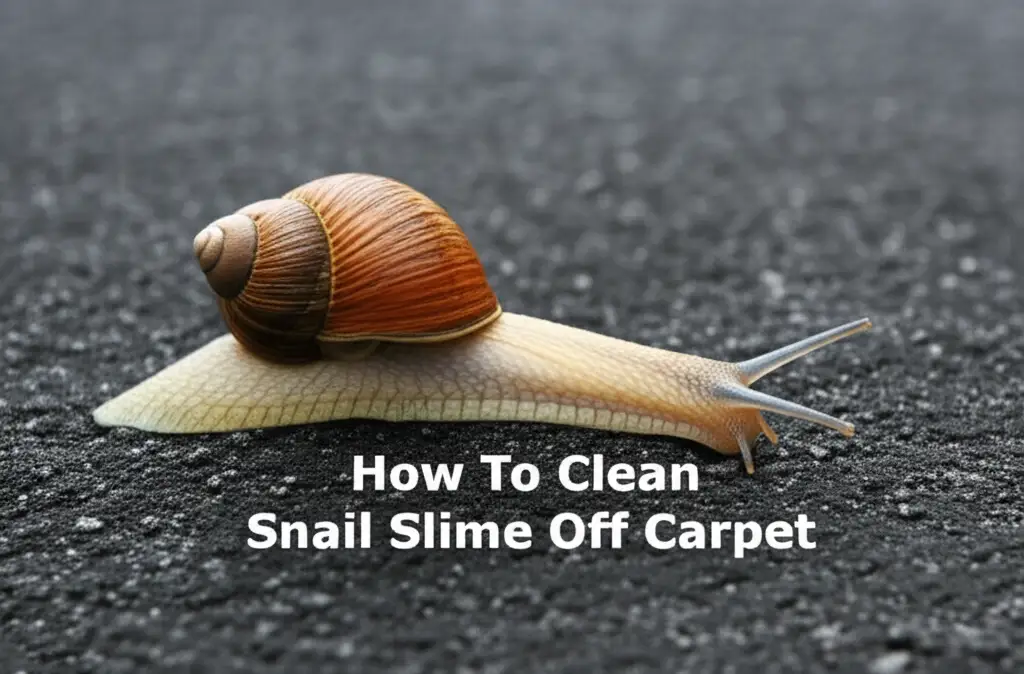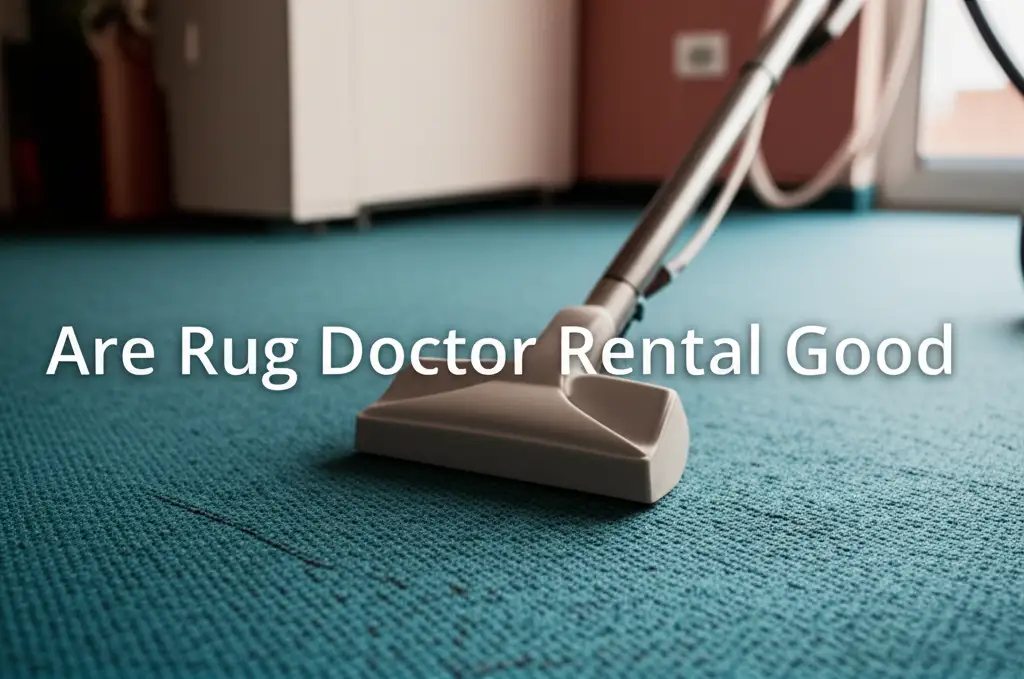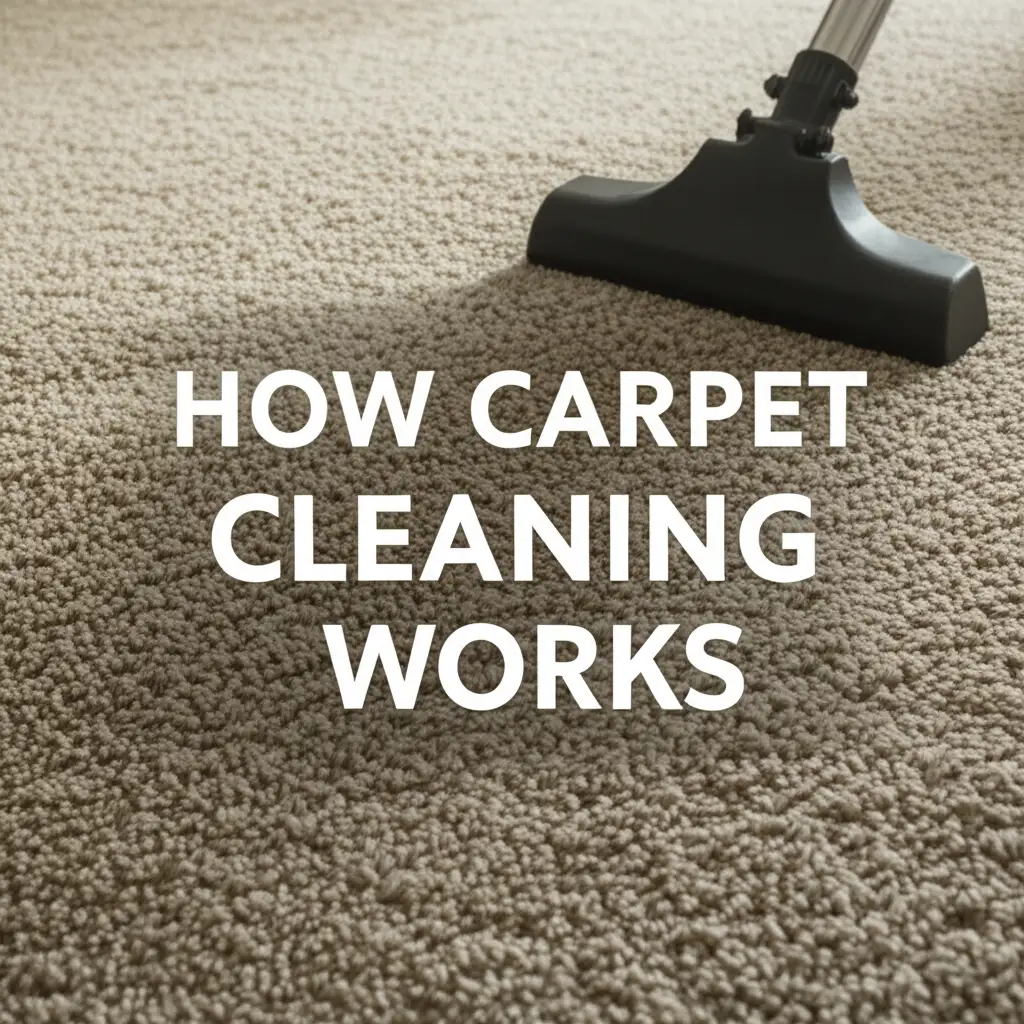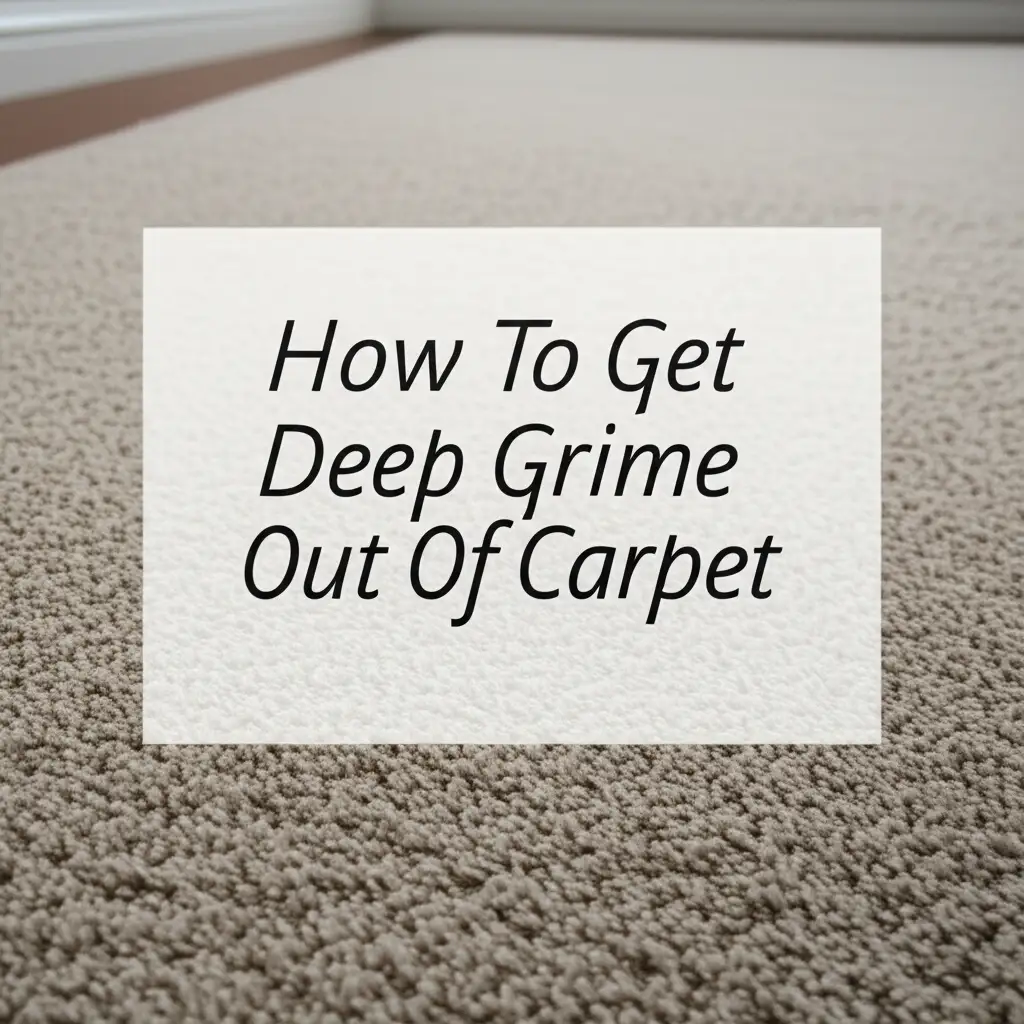· Mason Everett · Home Cleaning · 15 min read
Is Rug Doctor Carpet Cleaner Safe For Pets
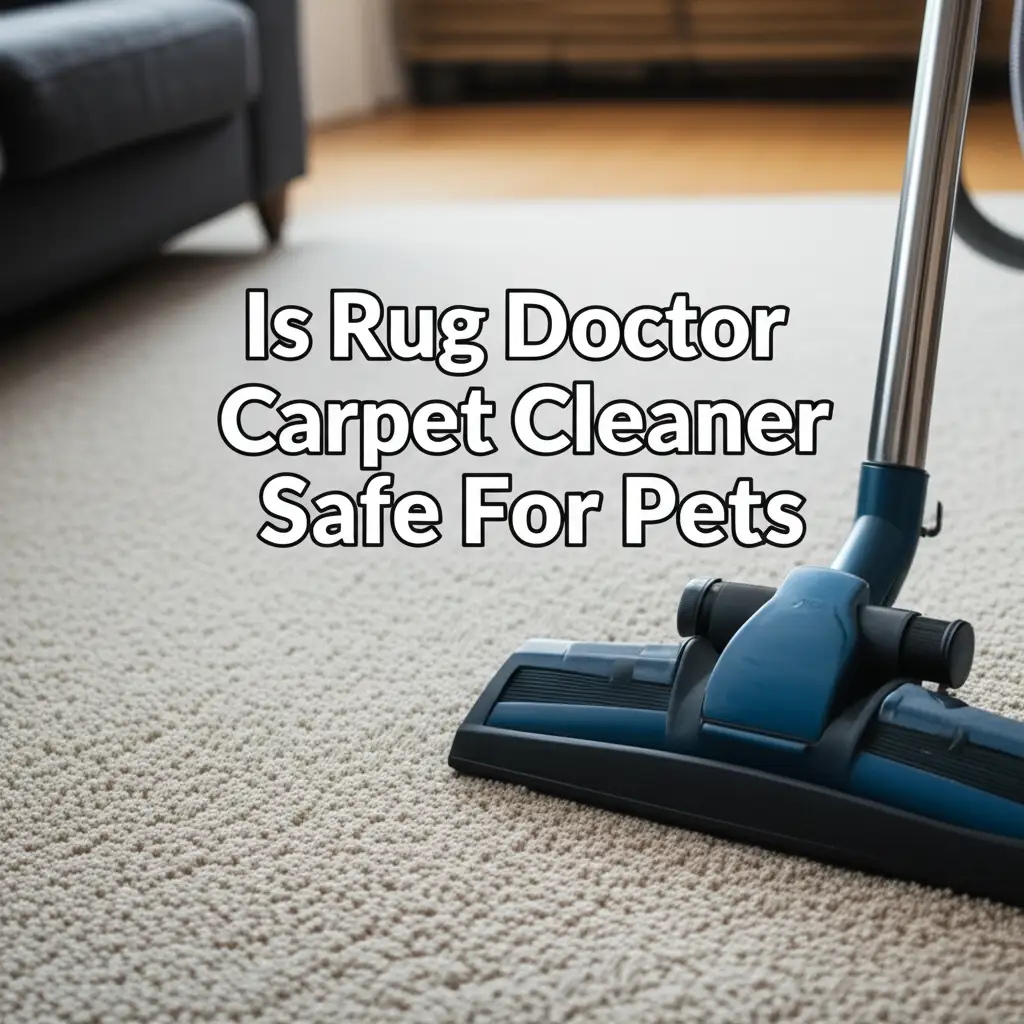
Is Rug Doctor Carpet Cleaner Safe For Pets?
Having pets brings much joy. They become family members. But pets also bring messes, especially to carpets. Pet owners often wonder about cleaning products. Is Rug Doctor carpet cleaner safe for pets? This is a common and important question. I know this concern well as a pet owner. My furry friends love to explore. They sometimes leave behind muddy paw prints or unexpected surprises.
This article explores the safety of Rug Doctor carpet cleaners for your beloved animals. We will look at what these cleaners contain. We will discuss how to use them properly around pets. We will also examine potential risks and solutions if exposure occurs. You will learn about safe cleaning practices and alternative methods. My goal is to help you keep your home clean and your pets healthy.
Takeaway
Keeping your pets safe during carpet cleaning is vital. Follow these key steps:
- Read Labels: Always check Rug Doctor product ingredients and instructions.
- Ventilate: Ensure good airflow during and after cleaning.
- Keep Pets Away: Do not allow pets near wet, freshly cleaned areas.
- Rinse Thoroughly: Remove all cleaner residue from carpets.
- Dry Completely: Wait for carpets to be fully dry before pets return.
- Consider Alternatives: Explore natural or pet-specific cleaning formulas.
Rug Doctor products can be used safely around pets if you follow strict precautions. Their pet-specific formulas are designed with pet safety in mind. Always ensure the carpet is completely dry and well-ventilated before pets return. Proper usage and rinsing are essential to prevent any harmful exposure.
Understanding Rug Doctor Formulations and Ingredients
Rug Doctor offers various carpet cleaning solutions. These products target different types of stains and odors. Some formulas are made specifically for pet stains. They contain enzymes that break down organic matter. Other general formulas clean deep. Understanding their ingredients is important for pet safety.
Most Rug Doctor solutions contain detergents, surfactants, and pH adjusters. Some include fragrances or brighteners. Pet formulas often add enzymes. These enzymes help remove odors from pet urine or vomit. Detergents lift dirt from carpet fibers. Surfactants help water penetrate the carpet. pH adjusters ensure the cleaner works effectively.
The primary concern for pets is chemical exposure. Pets walk on carpets. They may lick their paws. They might even try to lick spills. Young pets, especially, explore with their mouths. Ingestion of cleaning solution residue can lead to problems. Skin contact can also cause irritation. Respiratory issues might arise from fumes. Choosing the right product and using it correctly is key. Knowing what to look for in a carpet cleaner helps you make informed choices.
Rug Doctor states their products are safe when used as directed. They emphasize proper ventilation and drying. Their pet-specific products aim to neutralize odors without harsh chemicals. These products often have “pet” or “odor remover” in their name. Always read the label of the specific Rug Doctor product you use. It lists ingredients and safety warnings. This information helps you protect your pet.
For example, their “Pet Stain & Odor Eliminator” contains special components. These components target pet-specific messes. They are formulated to be less irritating. However, no carpet cleaner is completely harmless if ingested in large amounts. The goal is to minimize pet contact with the wet cleaner.
Best Practices for Using Rug Doctor Around Pets
Using any carpet cleaner safely around pets requires careful steps. Rug Doctor cleaners are no exception. Proper preparation and execution ensure your pet’s well-being. I always follow these guidelines. This helps me keep my home clean and my pets healthy.
First, prepare the area. Move all pet food and water bowls. Remove pet toys and bedding from the room. Close off the area where you plan to clean. This prevents curious pets from entering the wet zone. You can use baby gates or close doors.
Next, read the instructions carefully. Every Rug Doctor product has specific usage guidelines. Pay attention to dilution ratios. Using too much cleaner leaves more residue. More residue increases the risk of pet exposure. Follow the machine’s instructions for filling and operating. You can also learn how to clean carpet stains from pets effectively with Rug Doctor.
When cleaning, work in sections. Keep pets confined to a different part of the house. For instance, put them in a crate or a room with a hard floor. Do not allow them back until the carpet is completely dry. This is very important. Wet carpets can still contain active cleaning agents.
After cleaning, rinse the carpet thoroughly. Many people skip this step. Rinsing helps remove cleaner residue. Rug Doctor machines often have a rinse cycle. Use plain water in the machine for the rinse pass. This step is crucial for pet safety. Less residue means less risk if a pet licks the carpet later.
Finally, ensure proper ventilation. Open windows and use fans. Air circulation helps dry the carpet faster. Good ventilation also removes fumes from the air. Fast drying reduces the time pets are restricted. It also minimizes chemical exposure risks. Taking these steps makes a big difference.
Recognizing and Preventing Pet Exposure Risks
Pets are naturally curious. They explore their environment with their noses and mouths. This behavior makes them vulnerable to cleaning product exposure. Recognizing these risks helps you prevent them. My pets always sniff new smells. I know I must be vigilant when cleaning.
One major risk is direct contact with wet cleaner. If a pet walks on a freshly cleaned, wet carpet, the cleaner gets on their paws. They might then lick their paws. Ingesting cleaning solution can cause stomach upset. Symptoms include vomiting, diarrhea, or drooling. Some chemicals can also irritate their skin. Look for redness or itching on paws.
Another risk is inhaling fumes. Cleaning products release volatile organic compounds (VOCs). These can affect a pet’s respiratory system. Pets have more sensitive airways than humans. Symptoms might include coughing, sneezing, or difficulty breathing. Proper ventilation is key to minimizing this risk. Keep windows open and use fans during and after cleaning.
Pets might also get into the cleaning solution container. Always store cleaning products safely. Keep them in a closed cabinet. Make sure they are out of reach of pets and children. Never leave an open bucket or container of cleaner unattended. A curious pet could easily tip it over or drink from it.
To prevent exposure, plan your cleaning day carefully. Create a safe zone for your pets. This zone should be far from the cleaning area. It should have fresh water and food. They also need comfortable bedding. Do not let them roam free until the entire carpeted area is completely dry. This might take several hours. Some carpets take even longer to dry. Ensure no residue remains before allowing re-entry.
The Importance of Drying Time and Ventilation
Drying time and ventilation are perhaps the most critical aspects of pet-safe carpet cleaning. A wet carpet holds cleaning solution. This solution becomes a potential hazard for pets. Proper drying removes the moisture. It also ensures the cleaner’s active ingredients are no longer a threat. I always make sure my carpets are bone dry before my pets return.
Wet carpets also promote mold and mildew growth. This can create an unhealthy environment for both humans and pets. Mold spores can cause respiratory issues. They can also trigger allergies. A completely dry carpet prevents these problems. Rug Doctor machines extract a lot of water. However, some moisture always remains. This remaining moisture needs to evaporate.
Ventilation speeds up the drying process. Open windows and doors in the cleaned rooms. If possible, create a cross-breeze. Use fans to circulate air. Ceiling fans, box fans, or floor fans are all effective. Point fans directly at the wet areas. This helps evaporate the water faster. Good airflow also removes any lingering chemical odors or fumes. These fumes can irritate pet respiratory systems.
The time it takes for a carpet to dry depends on several factors. These include humidity levels, air circulation, and carpet thickness. It can take anywhere from 4 to 24 hours. In humid conditions, drying might take even longer. Do not guess if the carpet is dry. Feel it with your hand. It should feel completely dry to the touch. It should not feel cool or damp.
Do not allow pets back onto the carpet until it is fully dry. Even a slightly damp carpet can still contain cleaner residue. Pets walk on it, then groom themselves. This can lead to ingestion. Patience is essential here. Prioritize your pet’s safety over quick re-entry to the room. By prioritizing this, you are providing a safer home for your animals.
What to Do if Your Pet Is Exposed to Carpet Cleaner
Despite best efforts, accidents can happen. If you suspect your pet has been exposed to Rug Doctor carpet cleaner, act quickly. Knowing what to do can make a big difference. I always keep my vet’s number handy. This prepares me for any emergency.
First, assess the type of exposure. Did your pet walk on wet carpet? Did they lick it? Did they ingest any liquid? Look for immediate symptoms. These can include drooling, vomiting, diarrhea, paw irritation, or respiratory distress. Pets might also act lethargic or restless.
If your pet walked on wet carpet:
- Immediately rinse their paws with warm water.
- Use a mild pet shampoo if available.
- Rinse thoroughly to remove all residue.
- Dry their paws completely.
- Watch for any signs of skin irritation, like redness or itching.
If your pet licked the carpet or ingested the cleaner:
- Do not induce vomiting unless advised by a vet. Some chemicals can cause more harm coming back up.
- Offer fresh water to drink. This might help dilute the cleaner in their stomach.
- Contact your veterinarian immediately. Describe the situation clearly. Tell them the exact Rug Doctor product name. If you have the product label, read off the ingredients. This information helps the vet determine the best course of action.
- You can also call a pet poison control hotline. These services offer expert advice. They can guide you on what to do next.
Even if symptoms are mild, a vet consultation is wise. Some effects may not appear immediately. Early intervention prevents more serious issues. Always prioritize your pet’s health. Taking quick action protects your furry family member.
Exploring Pet-Safe Alternatives to Rug Doctor
While Rug Doctor can be used safely with precautions, some pet owners prefer alternative cleaning methods. These options often use natural ingredients. They can provide peace of mind. I sometimes use these methods for quick clean-ups. This helps me avoid chemicals entirely.
One popular alternative is steam cleaning. A steam cleaner uses only hot water and steam to clean carpets. It lifts dirt and kills germs without any chemicals. This is a very pet-safe option. The heat can also help sanitize. However, steam cleaners may not remove tough stains as effectively as chemical cleaners. They also require proper drying.
Another option involves using homemade solutions. Many common household items are effective and safe. White vinegar is a natural deodorizer and mild disinfectant. Mix it with water for a simple cleaning solution. Baking soda absorbs odors and can be sprinkled on carpets. Let it sit, then vacuum it up. These solutions are non-toxic. They pose minimal risk if pets come into contact with them. For specific stains, you might use a hydrogen peroxide solution. Always test homemade solutions on a small, hidden area first. This prevents carpet damage.
Dedicated pet-safe carpet cleaners are also available. Many brands offer formulas specifically marketed as “pet-friendly” or “non-toxic.” These products often use plant-based ingredients. They avoid harsh chemicals, dyes, and fragrances. Look for certifications that indicate pet safety. Always read the labels carefully. Ensure they are free from ingredients known to be harmful to animals.
For light cleaning or spot treatments, focus on blotting. Remove fresh stains quickly with a clean cloth and water. This prevents the stain from setting. It reduces the need for heavy-duty cleaning later. Regular vacuuming also helps. This removes dirt and pet hair. It keeps your carpet cleaner for longer. These methods can help you keep a clean house with pets more naturally.
Maintaining Clean Carpets with Pets: Long-Term Strategies
Maintaining clean carpets when you have pets is an ongoing challenge. It requires a proactive approach. Beyond occasional deep cleaning, daily habits make a big difference. These strategies help keep your home fresh. They also reduce the need for strong chemical cleaners. I use a combination of methods. This keeps my carpets looking good.
First, establish a routine for pet grooming. Regular brushing reduces shedding. Less pet hair means less dirt trapped in carpets. Trim nails regularly. This prevents scratches and snags on carpet fibers. After walks, wipe your pet’s paws. This removes mud and outdoor debris. A simple towel by the door works wonders.
Invest in a good vacuum cleaner. A vacuum with strong suction is essential. Look for models designed for pet hair. Regular vacuuming, even daily, prevents dirt and hair buildup. This routine prevents ground-in dirt. It also makes deep cleaning less frequent.
Use doormats at every entrance. This helps trap dirt before it enters your home. Choose absorbent mats. Clean these mats regularly. They act as a first line of defense against outdoor grime.
Address pet accidents immediately. The faster you clean up a stain, the easier it is to remove. Fresh stains are less likely to set. Use appropriate pet stain removers. Always blot, do not rub, to avoid spreading the stain. Prompt action reduces odors and discoloration.
Consider carpet protection. Some carpets have built-in stain resistance. You can also apply a carpet protector spray. These products create a barrier. They make spills easier to clean. This can extend your carpet’s life.
Finally, think about carpet materials. Some carpet types are more pet-friendly. Low-pile carpets are easier to clean than high-pile ones. Materials like nylon or polyester resist stains better. If you are replacing carpet, consider these factors. A long-term strategy combines good habits with smart choices.
FAQ Section
Q1: Are all Rug Doctor carpet cleaning solutions pet-safe? A1: Not all Rug Doctor solutions are specifically labeled as pet-safe. Rug Doctor offers dedicated pet formulas. These are designed with pet-specific stains and odors in mind. They often contain enzymes. Always check the product label carefully. Look for “pet” or “odor eliminator” in the name. Read ingredients to ensure you are comfortable.
Q2: How long should pets stay off the carpet after using Rug Doctor? A2: Pets should stay off the carpet until it is completely dry. This can take anywhere from 4 to 24 hours. Drying time depends on humidity, ventilation, and carpet thickness. Feel the carpet to ensure it is dry to the touch. Do not allow pets back on damp carpets. Damp carpets can still have cleaner residue.
Q3: Can Rug Doctor cleaners cause allergic reactions in pets? A3: Yes, some pets may have sensitivities. Ingredients in carpet cleaners, like fragrances or certain chemicals, can cause allergic reactions. Symptoms include skin irritation, itching, paw licking, or respiratory issues. Proper rinsing and ventilation minimize risk. If your pet shows symptoms, contact your vet.
Q4: Is rinsing the carpet with plain water after cleaning necessary for pet safety? A4: Yes, rinsing with plain water is highly recommended. This step removes cleaning solution residue from carpet fibers. Residual chemicals can be harmful if ingested by pets. Many Rug Doctor machines have a rinse function. Use it to ensure a thorough clean and improve pet safety.
Q5: What natural alternatives can I use instead of Rug Doctor for pet messes? A5: You can use several natural alternatives. White vinegar mixed with water is a good deodorizer and mild cleaner. Baking soda absorbs odors. Steam cleaners use only hot water. Many commercially available “pet-friendly” cleaners use plant-based ingredients. These options minimize chemical exposure for your pets.
Q6: Does Rug Doctor offer rentals that are good for pet owners? A6: Rug Doctor offers rental machines. These machines are the same ones used with their pet-specific cleaning solutions. The effectiveness of the rental for pet owners depends on using the right pet-friendly cleaner and following all safety guidelines. Are Rug Doctor rentals good overall? Many pet owners find them effective for deep cleaning when combined with proper pet safety measures.
Conclusion
Keeping a home clean with pets can be a joyful challenge. When it comes to carpet cleaning, ensuring your pet’s safety is paramount. The question, “Is Rug Doctor carpet cleaner safe for pets?” has a clear answer: Yes, when used with extreme caution and adherence to specific guidelines. Rug Doctor offers effective solutions. Their pet-specific formulas are designed to tackle common pet messes. However, the responsibility for safe usage lies with you.
Always read product labels thoroughly. Choose pet-specific formulas when available. Ensure your home is well-ventilated during and after cleaning. Keep your pets completely away from the treated areas until the carpet is bone dry. This is the most crucial step. Thorough rinsing removes any harmful residue. If you prefer, explore natural cleaning methods or dedicated pet-safe products. These can offer extra peace of mind. Your pet’s health and well-being should always come first. By following these simple but vital steps, you can maintain a clean, fresh home. You also ensure a safe environment for your beloved furry companions. A clean home and healthy pets go hand in hand. Make pet safety a priority in your cleaning routine.


